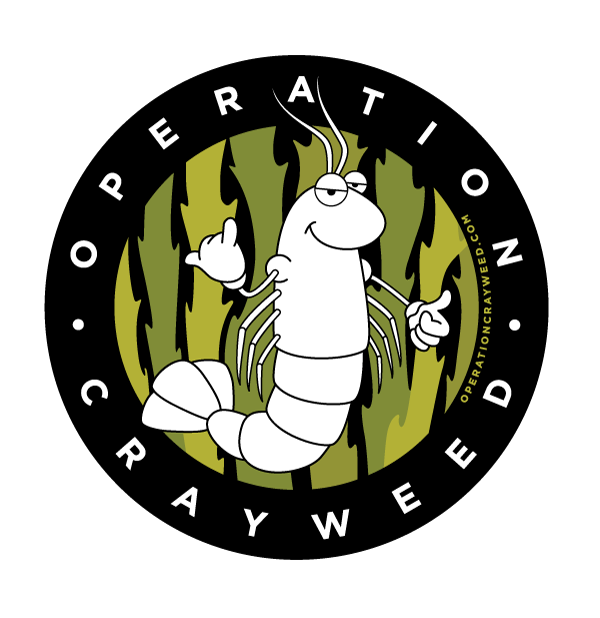Read the full article at - http://www.smh.com.au/news/environment/missing-a-30kilometre-undersea-forest/2007/08/03/1185648145706.html
IMAGINE the outcry if more than 30 kilometres of forest in the foothills of the Blue Mountains suddenly vanished.
That has happened to a "forest" of seaweed that once stretched along the NSW coast.
In the 1940s cray weed, or Phyllospora comosa, grew in the rocks just below the high tide mark, providing food and shelter for scores of marine species.
But now it has disappeared from Sydney's waters, say two marine ecologists, Brendan Kelaher from the University of Technology, Sydney, and Melinda Coleman, from the University of NSW.
In a recent survey they found lush stands surviving on the South Coast, south of Kurnell, and more to the north, from Palm Beach to Port Stephens. But from Newport to Cronulla "there is just this big hole," said Dr Kelaher. They "couldn't see a single plant, which is really disturbing".
Up to three metres tall, it once formed "a forest under water" along Sydney's coast. Its place has now been taken by another algae, resembling turf. "It's like chopping down all the trees in a forest and replacing them with grass," said Dr Kelaher.
The scientists suspect the culprit was sewage, which flowed for decades from outlets off Sydney's beaches. Cray weed's reproduction is sensitive to sewage.
What worries the scientists is that the seaweed was a habitat for crabs, worms and shrimplike creatures, "all of which are fish food", said Dr Kelaher.
What impact the seaweed's loss has had on fish and marine animal breeding stocks is unknown. "But it's clearly going to be significant," said Dr Kelaher. "All the people old enough to remember when it was around say there used to be more fish."
The scientists believe the seaweed has failed to recover - despite the building of pipes that now pump sewage far out to sea - because it cannot compete with the turf-like algae.
They are proposing to recruit volunteer divers to transplant the cray weed, restocking Sydney's beaches.
Since cray weed does not have conventional roots, Dr Coleman conceded it would be a serious challenge. One plan involves clearing the invading algae and attaching cray weed spores to rope nets that would be draped over underwater rocks. The scientists hope the infant seaweed would eventually grip the rocks.
"It's going to be quite labour intensive," warned Dr Coleman.
Dr Kelaher said the seaweed's demise was so gradual it almost went unnoticed. While a 1970s research paper suggested it was in decline, "people got so used to not seeing it there that no one realised it was gone".

